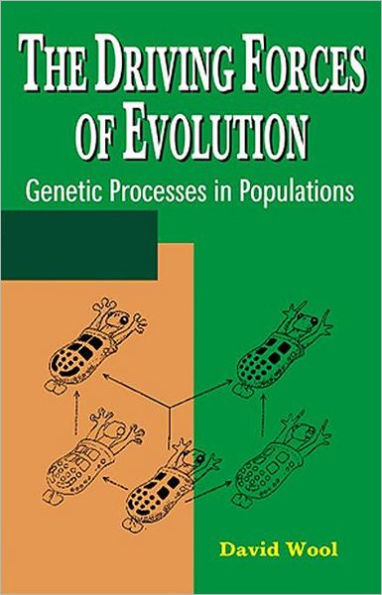5
1
9781578084456

The Driving Forces of Evolution: Genetic Processes in Populations / Edition 1 available in Hardcover

The Driving Forces of Evolution: Genetic Processes in Populations / Edition 1
- ISBN-10:
- 1578084458
- ISBN-13:
- 9781578084456
- Pub. Date:
- 01/10/2006
- Publisher:
- Taylor & Francis
- ISBN-10:
- 1578084458
- ISBN-13:
- 9781578084456
- Pub. Date:
- 01/10/2006
- Publisher:
- Taylor & Francis
230.0
Out Of Stock

Product Details
| ISBN-13: | 9781578084456 |
|---|---|
| Publisher: | Taylor & Francis |
| Publication date: | 01/10/2006 |
| Pages: | 362 |
| Product dimensions: | 6.12(w) x 9.19(h) x (d) |
About the Author
From the B&N Reads Blog
